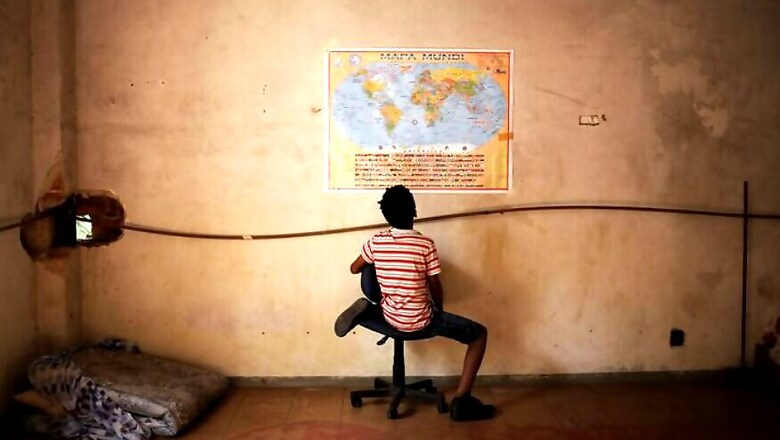
views
Tirupati: Making maps available for the blind is not easy and the world's first fully mass-reproduced atlas for the blind has been made in India.
Using maps comes so very naturally to the sighted but for the millions of blind people of the world, maps were like a forbidden fruit.
To the sighted, looking up the location of the nearest coffee shop or the metro station is easy with maps now being an integral part of smartphones.
For the blind, maps were mostly inaccessible but now that is changing for the 28 million visually-handicapped people in India with the Department of Science and Technology having released an atlas tailor-made for the blind.
For the first time, blind people can get a feel of what India looks like. To the sighted, the map of India is no surprise but to a person who can't see, a map was totally inaccessible.
The solution was to make a map that could be felt rather than be seen. In most blind people the tactile sensation is accentuated to compensate for the loss of sight.
The National Atlas and Thematic Mapping Organisation (NATMO) of Kolkata after years of effort made this unique atlas. Here the map outlines are raised and embossed on paper using silk screen printing so that the blind can feel them and it is called a braille atlas.
According to Prithvish Nag, former Surveyor General of India and currently Vice Chancellor of the Mahatma Gandhi Kashi Vidyapeeth, Varanasi, "This is the first full atlas for the blind in the world."
Speaking of other global initiatives, he says most other efforts in the world have been to make individual-tactile maps but to make a full atlas which can be mass produced, this Indian effort that started under his leadership, is really one-of-its-kind in the world.
On January 3, at the Indian Science Congress held here, Prime Minister Narendra Modi presented the director of NATMO, Tapti Banerjee with the 'National Award for Science and Technology Intervention in Empowering the Physically Challenged' in recognition of this achievement.
Speaking to some 11,000 scientists here, Modi said, "On the lines of Corporate Social Responsibility, the concept of Scientific Social Responsibility needs to be inculcated to connect our leading institutions to all stakeholders, including schools and colleges. We must create an environment for sharing of ideas and resources."
This braille atlas is one such activity which will help the Devyang, as the Prime Minister renamed the handicapped people some time back.
According to estimates by the Ministry of Social Justice and Empowerment, in 2015 there were over 16 million blind and 28 million visually-impaired people in India and now for the first time they can also 'visualise' maps.
For people who have partial vision NATMO makes maps with accentuated colours so they can see the maps despite their low vision.
01081056










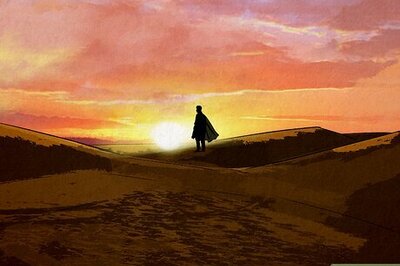


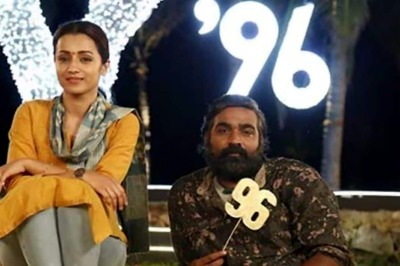


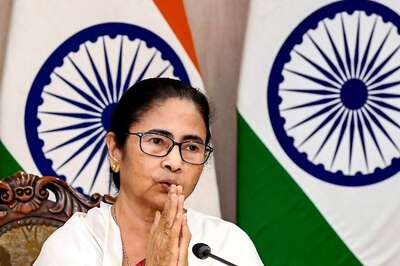
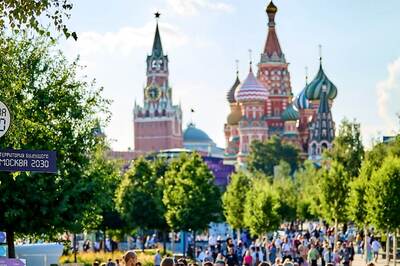

Comments
0 comment